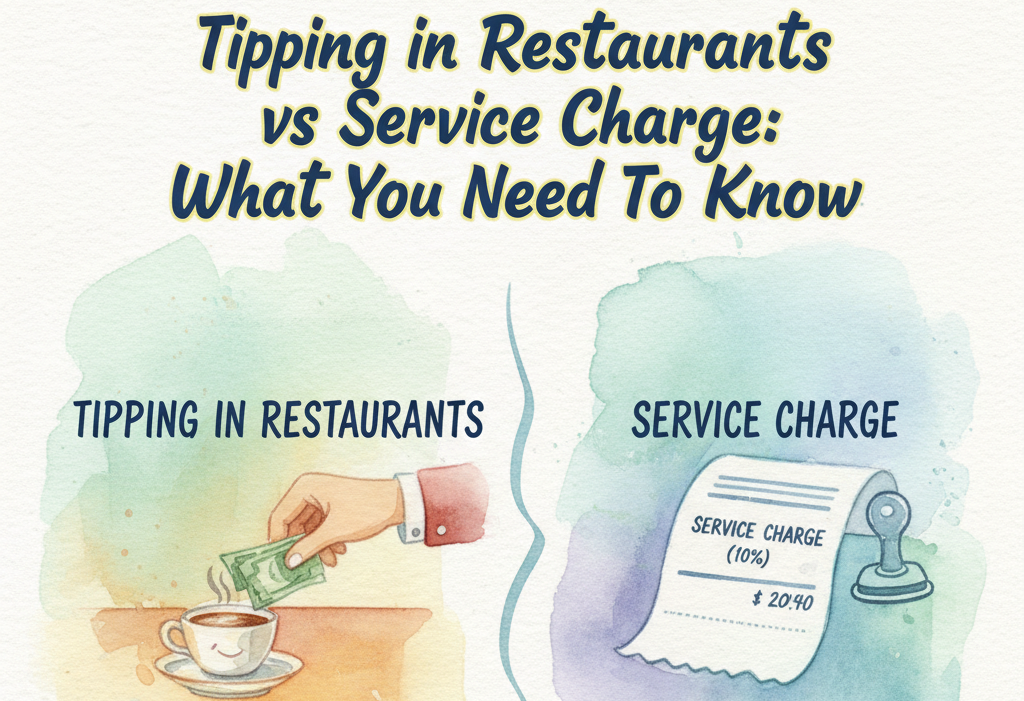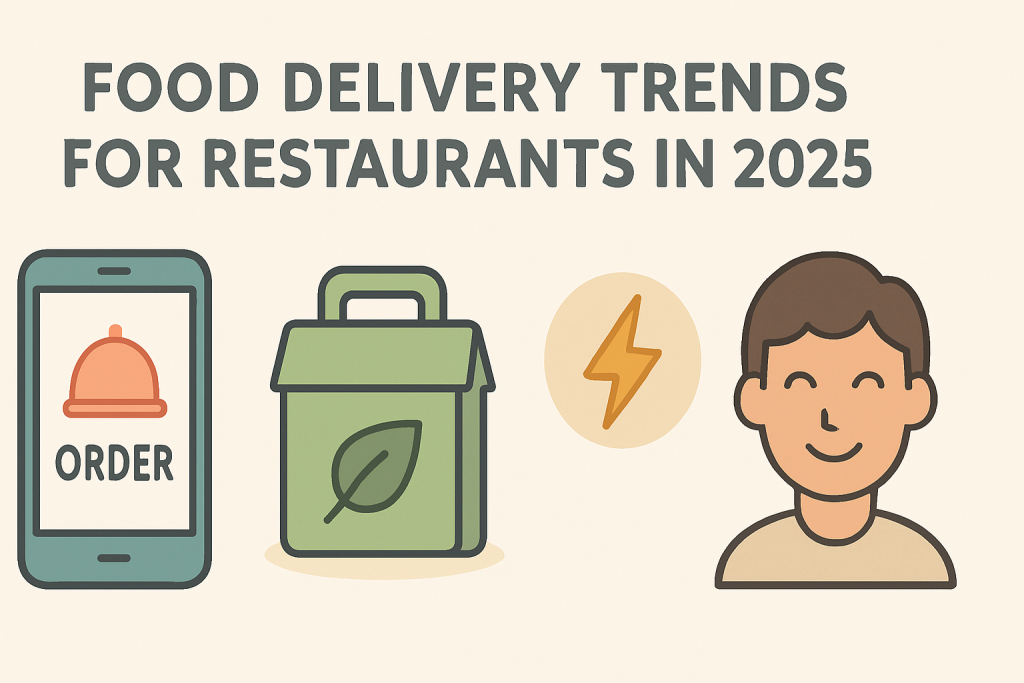Every now and then, we come across headlines that remind us of the critical importance of food hygiene in the restaurant industry. Take, for instance, this recent case in Malaysia where a restaurant owner faced fines for non-compliance with food hygiene regulations. These incidents serve as stark reminders of the vital role of regulatory standards in ensuring the safety of food served to our customers.

You can refer to Food Hygiene Regulations 2009 for laid down guidelines regarding food hygiene in Malaysia. These standards are in place to safeguard public health and ensure the safety of the food served to the public.
Common Food Hygiene Standards in the Restaurant Industry
Let’s take a look at some basic food hygiene standards in practice in the industry:
1. Food Handling and Storage:
- Temperature Control: Restaurants must maintain precise temperature controls for food storage, particularly for perishable items. For example, raw meat and seafood should be stored at temperatures of 4°C or below, while cooked food should be kept above 60°C. Regular temperature checks are conducted to ensure compliance. You can use temperature monitoring devices and thermometers like Minmax Thermometer or Testo.
- Hygienic Storage: All food items must be stored in clean, food-grade containers. Items like fruits and vegetables should be kept on raised racks to prevent contact with the floor. Storage areas are kept well-organized to facilitate the first-in, first-out (FIFO) inventory management system. What comes first should be used first.
- Labeling: Proper labeling of food items is required. Labels should include details such as the date of preparation, use-by date, and any potential allergens contained in the food.
2. Sanitization Protocols:
- Daily Cleaning: Food contact surfaces, including cutting boards, knives, and kitchen utensils, are cleaned and sanitized daily to prevent cross-contamination. Sanitizers with chlorine compounds such as from Ecolab’s are commonly used in line with the recommendations of health authorities.
Here are a few approved sanitizers:
- Dutrion
- Dviria Nano CD Disinfectant
- Hardex Clean & Disinfectant Solution Ready-to-Use
- Kills Bacteria Disinfectant
- Deep Cleaning: Regular deep cleaning is essential, especially for ovens, stovetops, and exhaust systems. This deep cleaning is typically conducted on a weekly or monthly basis to remove grease and other accumulated residues.
3. Hygiene of Personnel:
- Uniform and Personal Hygiene: All staff members, especially those involved in food preparation, are required to wear clean and appropriate uniforms. This includes a chef’s hat, apron, and non-slip shoes. Regular handwashing and the use of gloves are also crucial for preventing contamination.
- Health Screening: In some cases, employees are required to undergo periodic health screenings to ensure they are free from contagious diseases. This may be particularly relevant in the context of the COVID-19 pandemic.
4. Pest Control:
- Regular Inspections: Pest control measures include regular inspections by licensed pest control services. These inspections help identify early signs of pest infestations and ensure preventive actions are taken.
- Sealing and Storage: Restaurants take measures to seal potential entry points for pests and store food in pest-proof containers. Effective waste management also plays a role in preventing pests.
5. Waste Management:
- Food Waste Separation: Implementing a waste separation system, particularly for food waste, is mandatory. Food waste is often composted, reducing landfill waste and providing valuable compost for gardening.
- Clean Bins and Areas: Staff members are responsible for keeping waste bins and disposal areas clean. This practice not only maintains overall restaurant hygiene but also prevents pest infestations.
6. Documentation and Record-Keeping:
Restaurants are required to maintain records of food handling, sanitization, and pest control measures. These records serve as evidence of compliance with regulations and are subject to inspection by health authorities.
These are some basic food safety standards designed to ensure that food served in restaurants is safe and free from contamination.
We have laid down some cleaning and sanitizing practices that you can follow to exceed these regulatory requirements. By understanding and implementing these protocols, you can enhance food safety, reduce the risk of non-compliance, and provide a clean and safe dining environment for your patrons.
Tips for Cleaning and Sanitizing Your Restaurant
1. Comprehensive Kitchen Cleaning:
Regular Maintenance: Create a well-defined cleaning routine that encompasses daily, weekly, and monthly tasks. For instance, daily surface wiping, weekly deep cleaning of ovens, and monthly exhaust system maintenance are crucial. Organizations like the Malaysian Food Safety Association (MFSA) or Food Safety and Quality Division (FSQD) often offer resources and training programs for restaurant hygiene.
Quality Cleaning Products: Invest in reliable cleaning products. For instance, the Malaysian Ministry of Health recommends using chlorine-based sanitizers. Ensure you maintain an organized inventory of cleaning supplies to prevent unexpected shortages.
Employee Training: Properly train your kitchen staff in the correct cleaning techniques. For example, when cleaning grills, try scraping off built-up grease. It’s more effective to show the correct method rather than just explaining it.
2. Effective Pest Control:
Professional Assistance: Consider collaborating with licensed pest control services. Look for providers accredited by organizations like the Pest Control Association of Malaysia (PCAM) to ensure expert services.
Preventive Measures: Implement preventive steps such as sealing potential pest entry points, storing food in pest-proof containers, and conducting regular inspections to detect early signs of infestation.
3. Attention to Food Contact Surfaces:
Color-Coded Tools: Introduce a color-coded system for cleaning tools. For instance, you can designate blue for general cleaning, green for food preparation, and red for handling meat. This system helps prevent cross-contamination.
Sanitization Expertise: When using sanitizing solutions, ensure that your staff comprehends the correct concentration. For example, in Malaysia, it’s recommended to use a bleach solution with a concentration of 1000 ppm for sanitizing food contact surfaces.
4. Excellence in Dishwashing:
Quality Equipment: Choose commercial dishwashers with high-temperature sanitization capabilities. Regular maintenance is essential to prevent breakdowns.
Employee Training: Provide comprehensive training for your dishwashing staff. They should be well-versed in maintaining correct water temperatures and using proper dish-stacking techniques to ensure effective cleaning and sanitization.
5. Promoting Hand Hygiene:
Accessibility: Ensure that handwashing stations are conveniently accessible throughout the restaurant. Follow the guidelines set by the Malaysian Ministry of Health to establish proper handwashing stations.
Education and Reinforcement: Conduct regular training sessions to emphasize the critical nature of proper handwashing for customer safety. Studies conducted by organizations like the World Health Organization have shown that washing hands with soap can reduce the risk of diarrheal diseases by over 40%.
6. Maintaining Ventilation and Air Quality:
Ventilation System Care: Regularly clean ventilation systems and replace filters. Clean ventilation systems, as suggested by the U.S. Environmental Protection Agency, help reduce indoor air pollution.
Investing in Quality: Consider investing in effective exhaust hoods and grease traps. Well-maintained systems contribute to a clean and comfortable kitchen environment.
Prioritizing cleanliness and food safety goes beyond meeting expectations; it builds trust with customers and ensures a memorable dining experience in a safe and hygienic environment.




